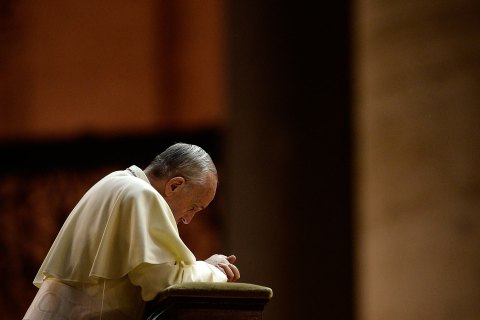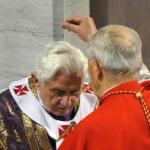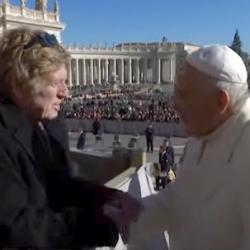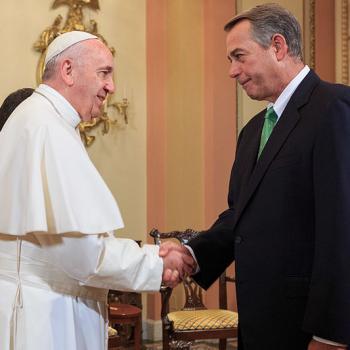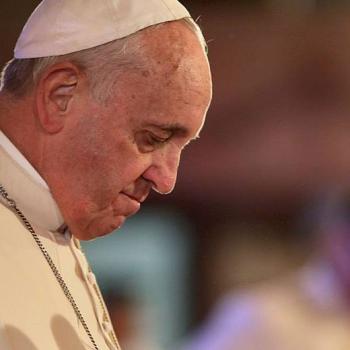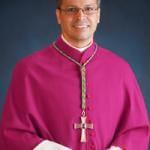I think it’s a compelling quality of leadership—and style of leadership— that is exceedingly rare.
Writing about Nelson Mandela yesterday, Thomas Friedman touched on some themes that I think have echoes in Pope Francis:
Mandela had an extraordinary amount of “moral authority.” Why? And how did he get it?
One way leaders generate moral authority is by being willing to challenge their own base at times — and not just the other side. It is easy to lead by telling your own base what it wants to hear. It is easy to lead when you’re giving things away. It is easy to lead when things are going well. But what’s really difficult is getting your society to do something big and hard and together. And the only way to do that is by not only asking the other side’s base to do something hard — in South Africa’s case, asking whites to cede power to black majority rule — but to challenge your own base to do hard things, too: in South Africa’s case, asking blacks to avoid revenge after so many years of brutal, entrenched, white rule.
Dov Seidman, whose company, LRN, advises C.E.O.’s on governance and who is the author of the book “How,” argues that another source of Mandela’s moral authority derived from the fact that “he trusted his people with the truth” rather than just telling them what they wanted to hear. “Leaders who trust people with the truth, hard truths, are trusted back,” said Seidman. Leaders who don’t generate anxiety and uncertainty in their followers, who usually deep down know the truth and are not really relieved, at least for long, by having it ignored or disguised.
Finally, said Seidman, “Mandela did big things by making himself small.”
“Through his uncommon humility and his willingness to trust his people with the truth,” explained Seidman, “Mandela created a hopeful space where enough South Africans trusted each other enough so they could unite and do the hard work of transition together.”

